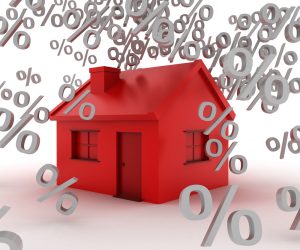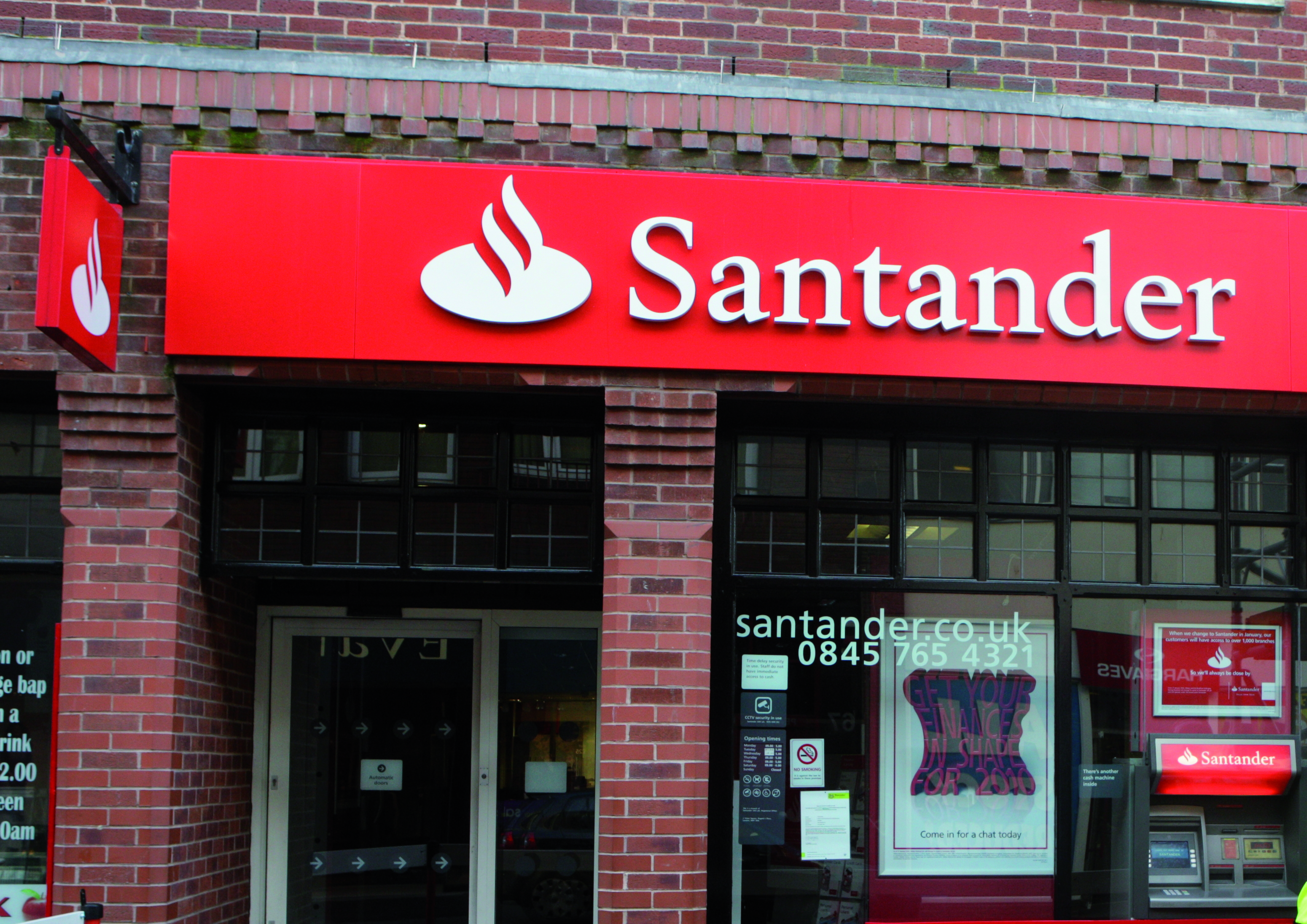Borrowers who secured a two-year mortgage deal at a low fixed rate in 2017 could face paying more than double in interest when their deal expires if they do not remortgage.
 New analysis of mortgage costs has revealed the difference between the average rate being paid by borrowers on two-year fixed-rate mortgages and the interest charged to customers who don’t remortgage is likely to be more than double.
New analysis of mortgage costs has revealed the difference between the average rate being paid by borrowers on two-year fixed-rate mortgages and the interest charged to customers who don’t remortgage is likely to be more than double.
Indeed, according to number crunching by Moneyfacts.co.uk, rates on two-year fixed-rate mortgages fell to a record low of 2.2% back in October 2017. Meanwhile standard variable rates (SVRs) – the rates charged by lenders to customers whose deals have expired – are predicted to rise to 4.89%.
This means borrowers, who signed up to the two year deals in October 2017 and who – instead of switching to a new mortgage – automatically revert to their lenders’ SVR will be paying more than double in October when their deal expires.
Darren Cook, finance expert at Moneyfacts.co.uk, explained that in November 2017, the Bank of England increased the base rate from its ten-year low of 0.25% to 0.5% and this meant lenders began following suit by hiking their own rates. Therefore, anyone signing up to a deal in the month preceding the hike would have benefited from record low rates.
But, warned Cook, this also means over the next six months many mortgage borrowers’ record-low interest rate will expire and therefore their mortgage will revert to a rate that could see their interest rate ‘double overnight’.
Cook explained a borrower repaying a mortgage of £250,000, who locked into the average fixed rate of 2.2% in October 2017, will see their repayments soar by £4,336 per year if they transferred onto the predicted average lenders’ SVR of 4.89% in October 2019.
Cheaper deals
According to Moneyfacts, the fact there is a greater incentive now for borrowers to switch from their lenders’ expensive reversion rate, could mean the new remortgage deals available also become more attractive.
He explained: “This significant increase in motivation for borrowers to switch mortgage deals, and the subsequent potential increase in remortgage business as a result, may push some mortgage lenders to marginally cut rates over the next few months to maintain a competitive edge.”














